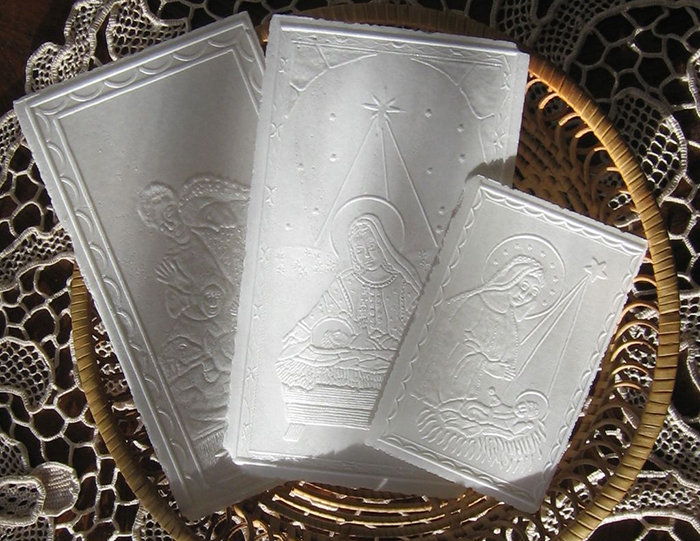All of this changed when I spent most of the 1990s teaching at universities and other educational institutions overseas. As a result, I observed Christmas traditions in Bulgaria, Germany, Hungary, Norway, Poland, and Turkey—and even once on a North Sea ferry between Hamburg and Harwich, England. Perhaps most memorable was 1997, while teaching at the University of Łódź in central Poland, when I enjoyed the traditional Christmas Eve supper known as Wigilia (pronounced vee-GHEEL-ya, from the Latin vigilare meaning “to wait”).

It’s an event filled with folk foodways, which typically require a large Christmas wafer (opłatek) passed around the table to begin the meal, exactly twelve courses (corresponding to the twelve apostles of Jesus), one extra setting for a wędrowiec (a person who has no place to spend Christmas Eve and therefore may knock at the door), a small bit of hay placed under the tablecloth to symbolize the Christmas manger, and no meat served. Instead the archetypal Wigilia meal features barszcz (beetroot soup), fish (especially herring and carp), dumplings, noodles, many different cakes, and cabbage.
Here is a recipe for Christmas cabbage provided by Joanna Wojcieszek, one of my former students in Łódź.
Ingredients
2 kilograms (4.4 lbs) sauerkraut, known in Polish as kiszona kapusta
150 grams (5 oz) dried mushrooms
6 to 10 dried plums (“Hungarian plums” or węgierki are preferred)
500 grams (1 lb) champignons
1 large onion
Vegetable oil
Spices
Directions
1. Rinse the sour cabbage in cold water briefly, then place in a large pot filled with1 cup of water. Bring water to boil, then let simmer on a low flame for 10 to 12 hours until tender. Add 4 to 5 berries of allspice (ziele angielskie) and 3 to 4 bay leafs (liść laurowy).
2. In another large pot, cover the dry mushrooms in water—plus another inch—and let soak until fully hydrated, then boil the mushrooms in the water until soft. Pour both the mushrooms and the water into the pot with the cabbage. Mix thoroughly and leave on low heat.
3. Cut the champignons into small pieces and sauté in a small amount of vegetable oil until lightly brown. Mix the champignons into the cabbage and mushrooms.
4. Cut the onion into small pieces and sauté in a small amount of vegetable oil until glassy or zeszklić cebulę, which means the onion is transparent, shining, and has a sweet taste. Mix the onion into the cabbage, mushrooms, and champignons. Finally add the dried plums, and boil everything for five or six more hours before serving.
James Deutsch is a program curator at the Center for Folklife and Cultural Heritage who loves to eat all sorts of Polish soups, especially grochówka, krupnik, and żurek.


